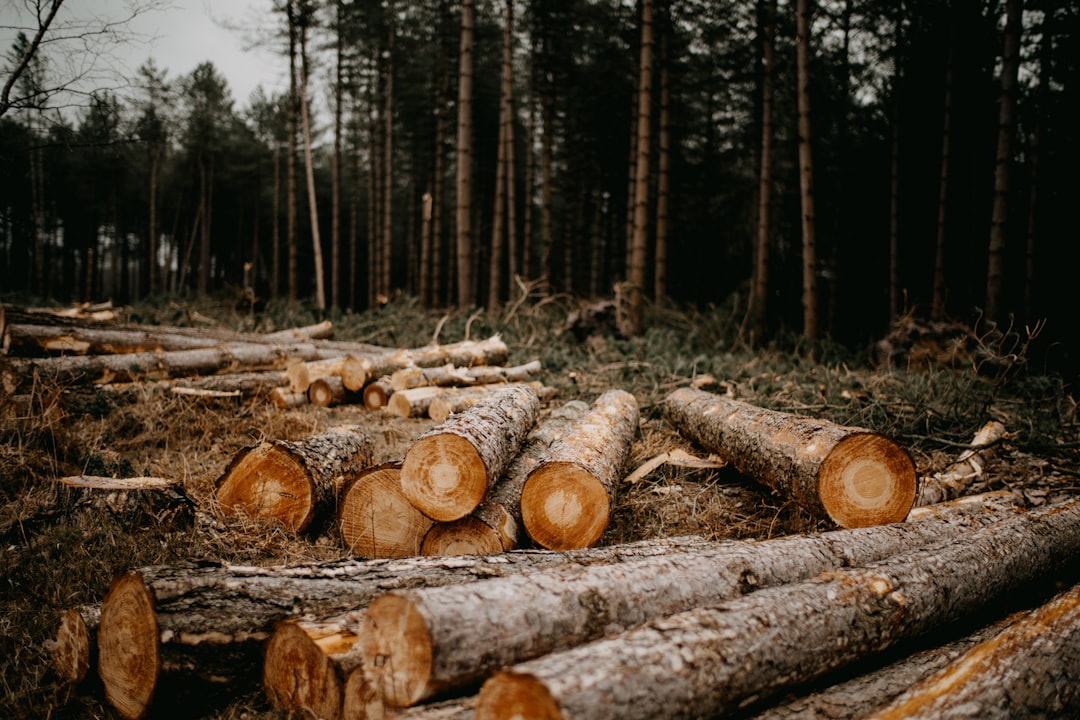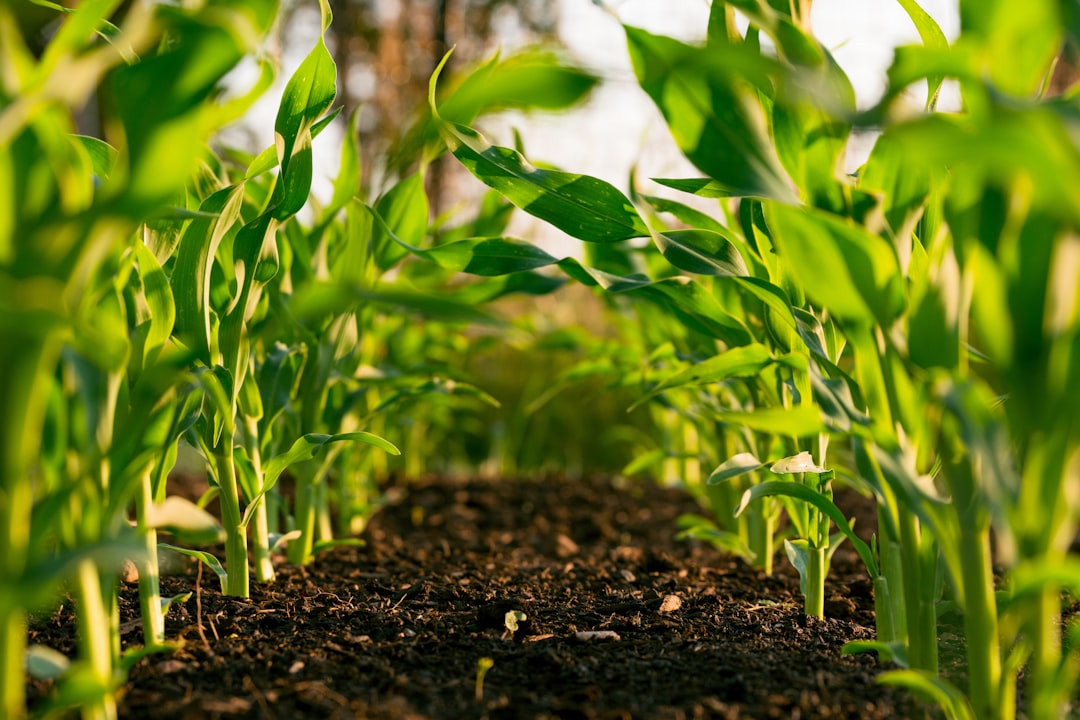What is it about?
Forest loss and degradation are both a cause and an effect of anthropogenic climate change. There are growing concerns for forestry—about how increasing temperatures, new precipitation patterns, and climatic disturbance will impact the geographic distribution and productivity of tree species. Generalizing climate change impacts across broad geographies can be inaccurate because climatic patterns are specific, fine-scale, and dependent on changing topography. Hence, trees growing in mountainous environments react differently to climate change than, say, those growing in an Arctic climate. Thus, specific studies need to address the change in vegetation in different topographies. A new paper discusses field research to study how the radial growth of two popular tree species (lodgepole pine and interior spruce) correlates with climate in Alberta, Canada. Their stability over the past 110 years was analyzed to reveal localized controls that may lead to diverse growth responses to climate change. The authors found variable radial growth responses to monthly climate variables among lodgepole pine and interior spruce trees. These responses varied according to topography (aspect and steepness), time (decade-to-decade), or tree age (old versus young). Older trees were more sensitive to climate conditions. The slope aspect (i.e., the direction in which the forested slope was facing—North, South, etc.) affected a tree’s sensitivity. Moreover, these specimens had already experienced drought-related divergence and changing growth trends.
Featured Image

Photo by Vitolda Klein on Unsplash
Why is it important?
Understanding and predicting how forests will be affected by climate change is vital for conservation and management efforts and to secure the viability of future timber resources. An improved understanding of these complex responses is needed to equip forest management practices in the face of climate change, as different species are unlikely to be uniformly affected by changing conditions. KEY TAKEAWAY Trees demonstrate site- and species-specific, heterogenous climate change responses. These may alter the competitive interactions and population structure of forests in Alberta.
Read the Original
This page is a summary of: Lodgepole pine and interior spruce radial growth response to climate and topography in the Canadian Rocky Mountains, Alberta, Canadian Journal of Forest Research, July 2021, Canadian Science Publishing,
DOI: 10.1139/cjfr-2019-0305.
You can read the full text:
Resources
Contributors
Be the first to contribute to this page










